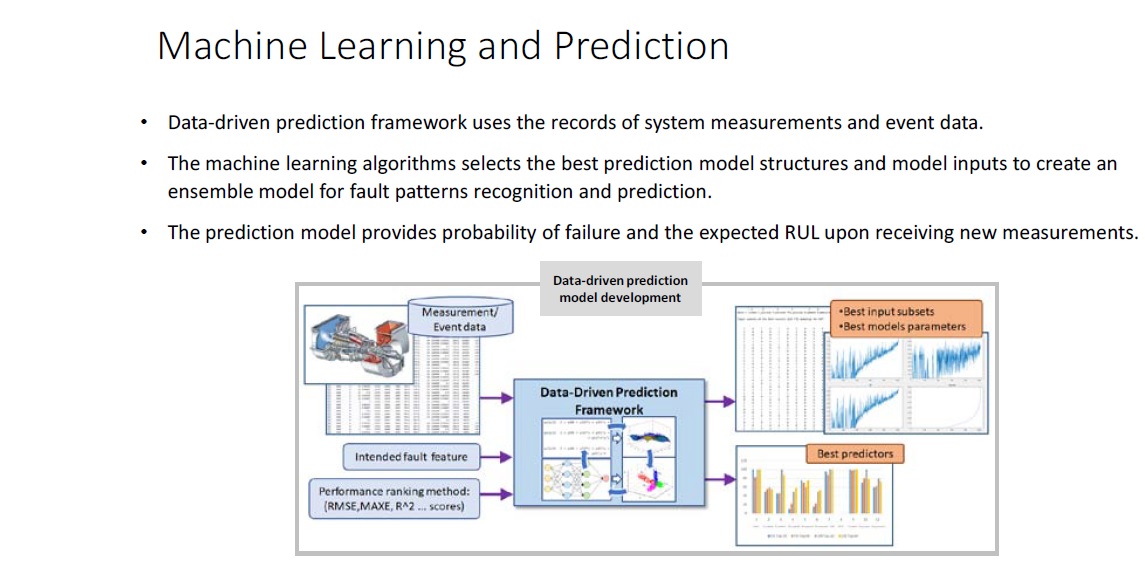Digital Twin Technology for Gas Turbines
A.K. Koul
A digital twin is a computer model which mirrors and simulates the operation of an asset or its individual components or a system of assets and their surrounding environment. Digital twin models can also be used for asset life cycle management, anomaly detection and performance optimization. Two types of technologies have emerged for gas turbines; (1) data driven approach and (2) physical model based approach.
In gas turbine industry, data driven approach for engine performance and health monitoring has been around since the 1980s. The generic approach to creating a data driven system is shown below
Initially, a threshold based approach for loss of efficiency, increased fuel flow and exhaust gas temperature (EGT) etc. was proposed to make maintenance decisions. In fact, EGT margin analysis is still routinely used to make gas path inspection and repair decisions for aero engines. With advances in data analytics in the last 20 years, data driven frameworks involving combinations of advanced pattern recognition algorithms and machine learning techniques are being proposed for predicting the occurrence of an impending failure, remaining useful life (RUL) and prognostics (predictive maintenance ) based actions using sensor data. A typical framework for such a system is shown below.
The general wisdom has been to train and validate such systems using field failure data assuming that sufficient failure data is available to indulge in such an exercise and that is seldom the case. To begin with, sufficient failure data would be required for a specific failure mode (creep, low cycle fatigue, thermal-mechanical fatigue) for a specific component in the turbine assembly, such as a specific stage of turbine blades, turbine vanes or discs that may drive the maintenance actions. The word “sufficient” also needs to be quantified. Assuming a Wiebull life distribution of a given part, a minimum of thirteen field failure data points would be required to have some confidence in the characteristic life (63.5%) predictions. Unless there is a fundamental flaw in the turbine design, the required amount of field failure data to train a data driven system may be difficult to obtain.
Most data science companies (almost 3100 Start-Ups with $ 2 Billion investment in US alone) are primarily focused on data gathering and processing techniques including system architecture. In engineering systems, however, with almost forty years of diagnostics experience in dealing with sensor data, it has become evident that the system level physics must be considered up-front to correctly process the data and interpret the results from an engineering perspective to reach any meaningful conclusions. This is why emphasis on multi-physics has been promoted to deal with complex engineering systems such as a gas turbine over a decade now. Similar limitations have also been evident in other engineering systems such as diesel engines, centrifugal compressors, pumps, mining equipment etc.
This fundamental limitation of data driven digital twins could be overcome by using aphysical model based digital twin to identify gas path components that may suffer distortion and cracking in a given engine. Limited field experience, if available, could potentially be used to verify these predictions. This process coupled with physics based engine modeling could then be used to interpret the data trends emerging from a data driven digital twin for fault pattern recognition and their evolution.


